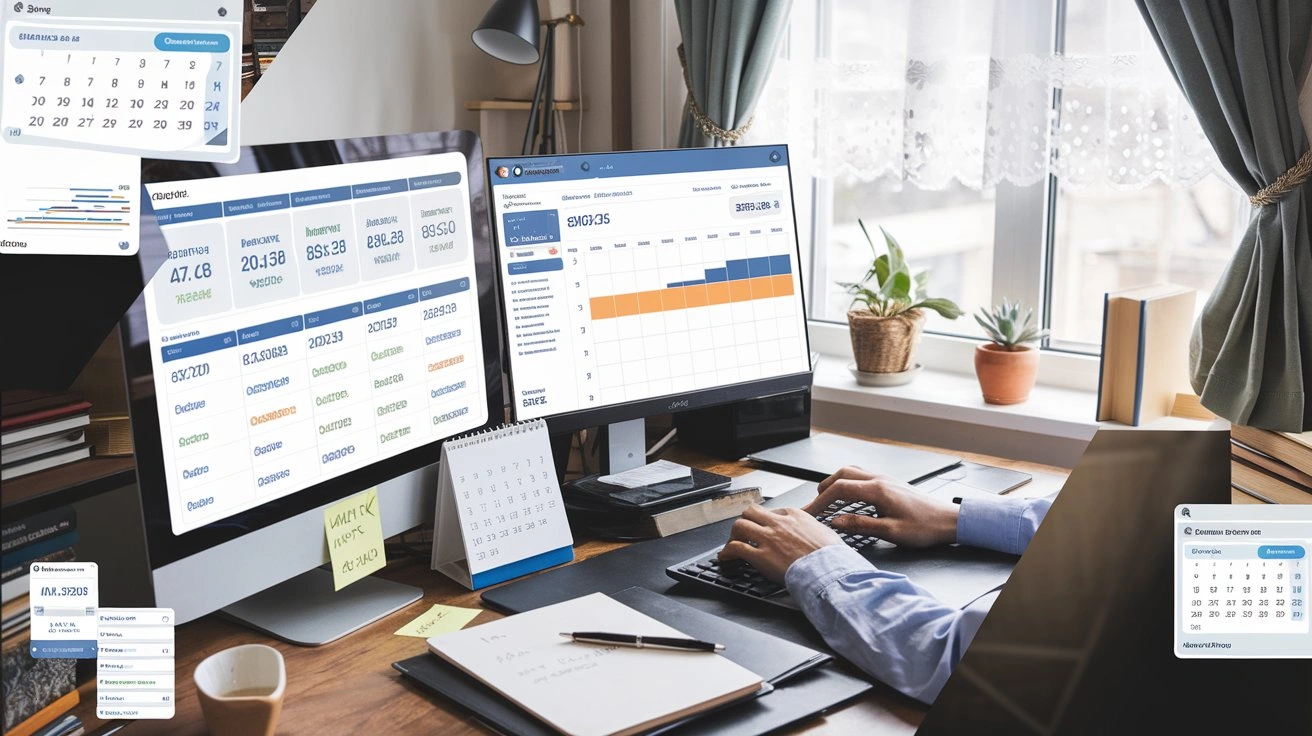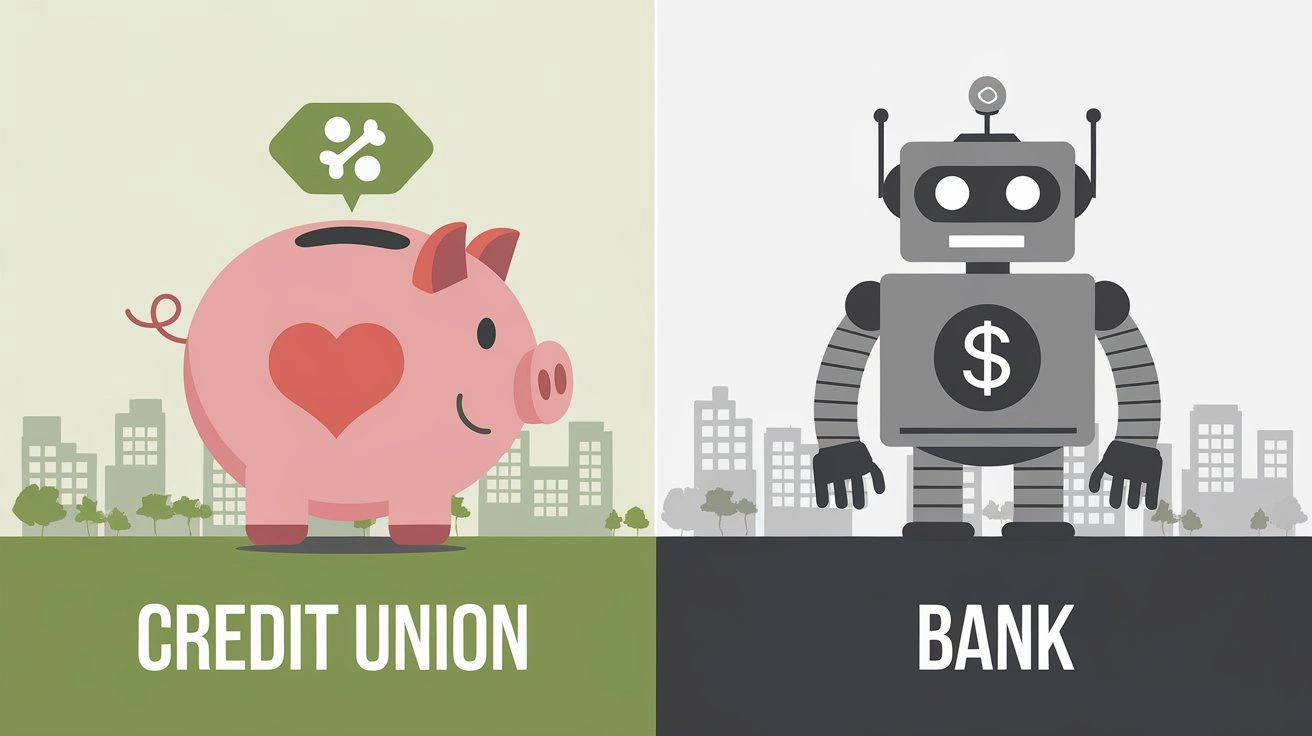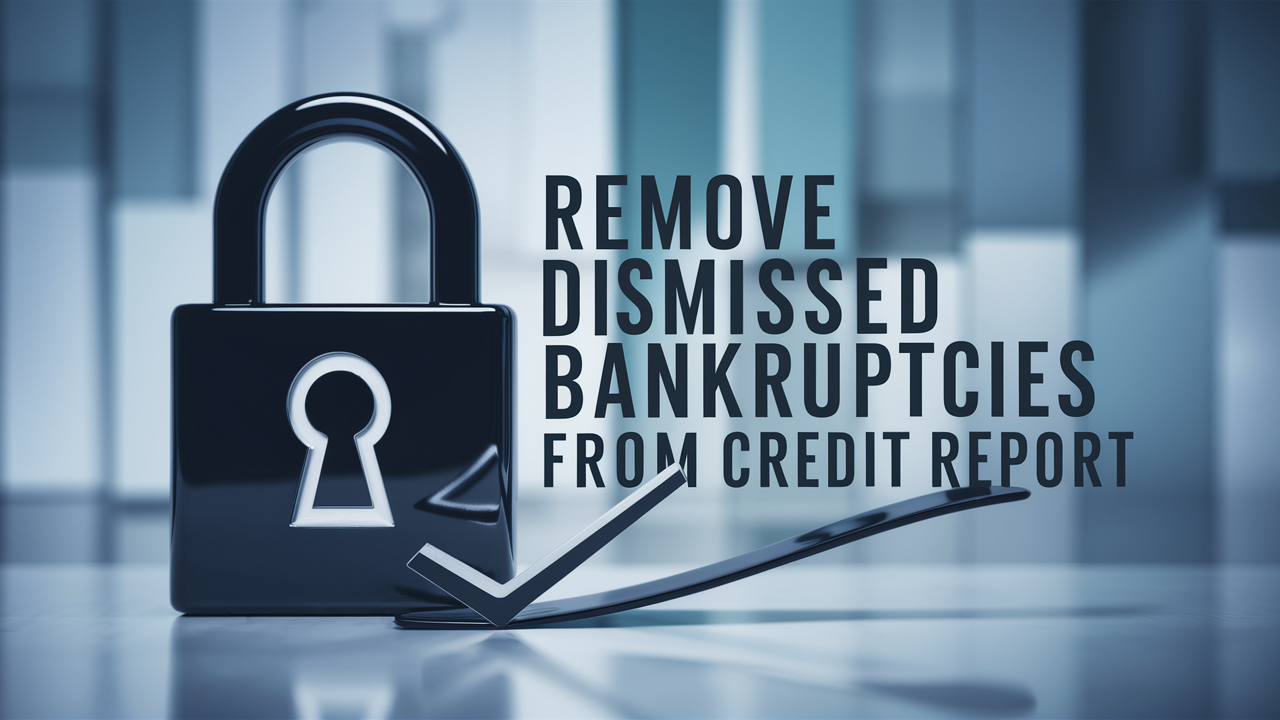How To Get Charge Offs Off Credit Report?
Charge-offs are one of the worst things that can happen to your credit file since they can have a tremendously negative impact on your credit report, thus making it almost impossible for you to qualify for loans, mortgages, credit cards, and other similar products. A charge-off occurs when a debtor is unable to pay the creditor for several months consecutively and they cancel the account and write it off. This continues to put a charge off on your credit report and places a negative impact for 7 years from the time when it first turned delinquent.
As we have seen, charge-offs undeniably hurt credit however, there are ways through which one can try to contest the deletion of such negative records from the three consumer reporting agencies including Equifax, Experian, and TransUnion. This may help to increase your scores over time and establish a more favorable credit history. Below is the process of how to dispute the charge and anyone can try to make the necessary changes in the credit report.
Step 1: Pull Your Credit Reports
The first thing you need to do is to get your credit report from AnnualCreditReportcom to see all those charge-offs, collections accounts, and other items that have pulled your score down. You need to get your free credit reports from Equifax, Experian, and TransUnion so that you can review everything that has been reported about you. For every charge of the account, read through every detail provided with extra focus on the original creditor, account number, date it was opened, and the date it went into delinquency.
Step 2: The second step is to assess the settlement or pay-for-delete options.
Before attempting to dispute a legitimate charge-off, it could be wise to talk to the collection agency or the owner of the debt and inquire if they would be willing to accept payment or if there is any chance they could agree to remove the debt from your credit report if you pay it off through the pay for delete option. Do not release any monetary claim you negotiate without putting it in writing even if it means you pay some amount. Just know that the law only allows you to ask for the removal of false information and it is unlawful to pay to have negative information vacated.
Step 3: Dispute Inaccurate or Misleading Charge Offs
See, a charge-off is a legal document that may contain the wrong date, amount owed, creditor name, or if you have evidence that it is too old to be reported, then this is done directly with the credit reporting agencies. To increase your likelihood of success, write a complaint letter using the FCRA law to demand a reasonable investigation and deletion. The letters should be mailed through certified mail to ensure that they are delivered with a return receipt.
Step 4: Collect any evidence that may support the client’s disagreement to present during the appeal.
When writing your letters to the credit bureaus, be sure to enclose any substantiation for your dispute claims, such as bank statements, the first official account statements, or a copy of the specific statute of limitations law in your jurisdiction that demonstrates that the debt is past the deadline. Documentation ensures that the furnisher faces more challenges in verifying the details in case of a dispute investigation, hence higher chances of having the charge-offs deleted.
Step 5: For example, Follow Up If Disputes Are Unsuccessful
If credit reporting agencies find out that the charge-off information is accurate after investigation, you have an opportunity to include a statement from your side which will also appear in your credit report to give any side of the story to whoever will be going through your report when looking for a potential borrower. In addition, consumers can also sue negligent furnishers or creditors who provide inaccurate information to the credit reporting agencies by consulting a consumer protection attorney and filing a lawsuit under the FCRA or FDCPA. However, the use of lawsuits should not be an initial strategy of choice.
Step 6: Maintain Credit Surveillance across all the Three Credit Bureaus
It is therefore advisable to request fresh credit reports from Equifax, Experian, and TransUnion every two or three months to look at new activities, and to also observe whether or not disputed charge-offs are being deleted. This process usually takes 30-45 days to complete and reflect on your reports where you may file disputes. The rules of the game are simple, anyone can dispute a charge-off that is reporting on their credit report and, if the charge-offs were not deleted the first time around, more evidence can be sent to the credit bureaus as to why the credit bureaus should take down the charge offs.
The charge-off dispute process may not be easy and could consume a lot of time but this is perfect if you want to get a clean credit record since there may be old charge-off records that are misleading or even outdated and they are weighing down your scores lower. Eradicating eligible charge-offs has the capability of increasing credit scores: from 25, 50, 75, and even 100 or more points thus saving on interest rates for future credit approvals.
Ready to boost your credit score? Call +1 888-804-0104 now for the best credit repair services near you! Our expert team is here to help you achieve financial freedom and improve your credit. Don't wait—get started today!



